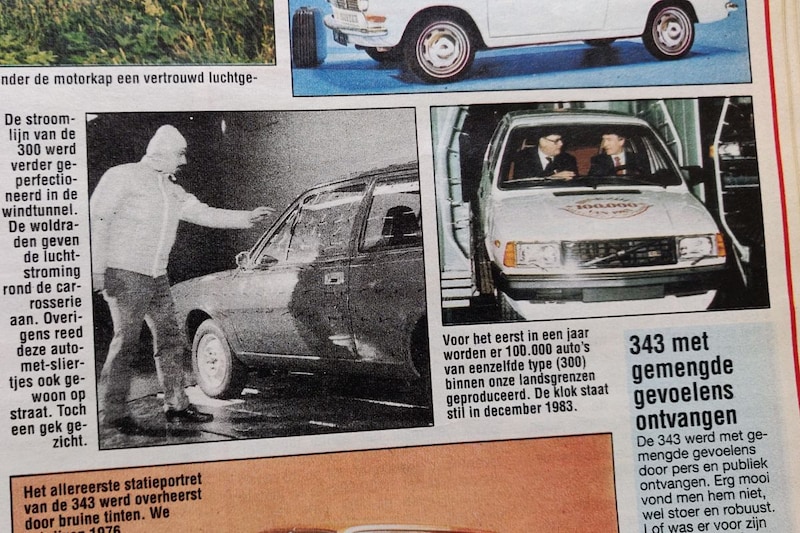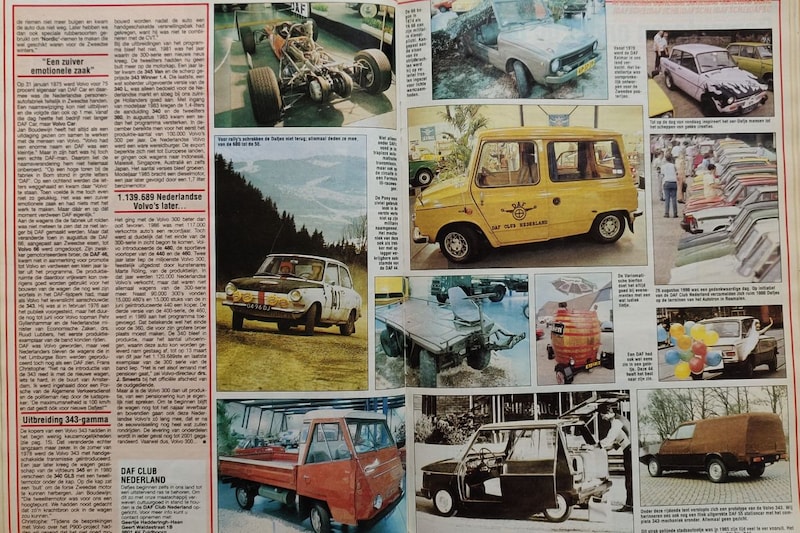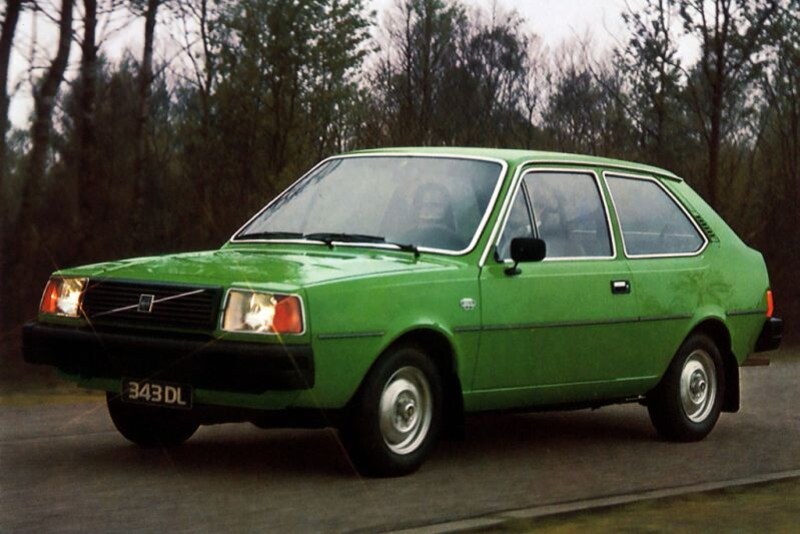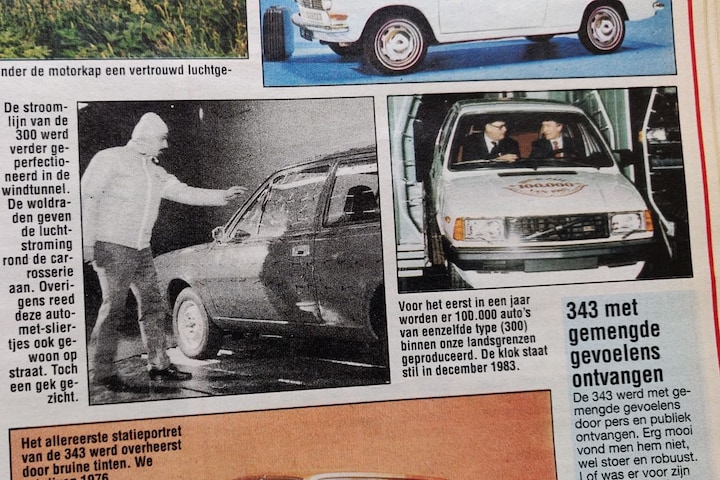







Thirty years ago, production of the Volvo 300 series came to an end. A moment to reflect on, because it meant the end of an era specifically for the Netherlands.
In the early spring of 1991 the last Volvo of the 300 series left the production line in Born. After more than 1.13 million units produced, it stopped for the car that first appeared on the market as 343 and 345 and was later sold as 340 and 360. A very successful model and that was reason enough to consider the end. stand. However, there was of course another reason: the first big steps that led to the 300 series were taken in collaboration between Volvo and Daf. In principle, the car was therefore a partly Dutch creation, not only because of the production in Limburg. With the end of production, it was therefore also done for the last major achievement of Daf as a passenger car manufacturer.
The origins of the Volvo 300 series lie with the plans that Daf had in the late 1960s. The 66 was of course already on the schedule, but Daf had the ambition to also come up with a larger model. It eventually joined forces with Volvo for this, because developing it completely itself proved too big a step. Volvo looked with great interest at the plans that were already on the table. First there were the study models P200 and the P500, middle class models where Daf had in mind the 1.8 petrol engine from Volvo at that time as a power source.

At a later stage, on the threshold of the 1970s, the P900 followed and that turned out to be the most promising concept. One of the people involved in project P900, Frans Christophe, told Techzle in 1991 when saying goodbye to the 300 series that this car, despite its roots in the Daf era, was basically no longer intended as a Daf. “The P900 was never designed as a Daf, but as a collaborative car.” So a collaboration with Volvo, which in 1975 led to the 75 percent takeover of Daf’s passenger car division by the Swedish brand. The Daf 66 was therefore henceforth known as the Volvo 66 and project P900 was continued a year later in the form of the Volvo 300 series.
Although there were Volvo logos on it and the 343 and 345 clearly fit through their nose and butt into the Volvo range at the time, many Dutch people refused to disconnect the car from Daf. “Just after the introduction of the 343, I was driving the new car a little too fast, near Amsterdam. I was overtaken by a Porsche from the General Traffic Service and the policeman shouted through the loudspeaker: ‘The maximum speed is 100 km / h. and that also applies to new Dafjes! “, says Christophe. With its slightly too tight 1.4 from Renault and the well-known Variomatic automatic transmission, the 343 initially had something in common with the Dafjes of yesteryear: they were certainly not fast rosels. That had to be changed, Volvo saw, and so it introduced in the years that followed a 2.0 petrol engine from Volvo and a 1.7 petrol engine from Renault. Dieselen was eventually also possible, with a 1.6 that again came off the shelves of Renault.
The advent of larger engines, manual gearboxes, as well as the introduction of the sedan, made the 300 series increasingly attractive to a wider audience. 1986 was the record year for the compact Volvo that had been secretly available for quite a while. This was largely due to the then brand new facelift, which gave the car a somewhat more robust appearance, especially at the front. So the party continued until 1991 and Volvo could look back with a satisfied look on this Dutch chapter in its history. Not in the least because the car could not be towed in his native Netherlands. To this day, the 300 series, with well over 100,000 units sold, is the best-selling Volvo in our country and one that deserves a special place in our hearts because of its origins. Whether you like it or not.